Gabapin 300MG Tablet (10’s)
Gabapin 300MG Tablet (10’s) is a medication that contains Gabapentin as its active ingredient, with each tablet delivering a dosage of 300 mg. Gabapentin is primarily used to manage neuropathic pain and to control seizures in patients with epilepsy. It works by modulating the release of certain neurotransmitters in the brain, thereby reducing the sensation of pain and preventing seizure activity. Gabapin is often prescribed for conditions such as postherpetic neuralgia, diabetic neuropathy, and as an adjunct therapy for partial seizures. The formulation is designed for oral administration, making it convenient for patients. Gabapin 300MG Tablet is typically well-tolerated, but like all medications, it may have side effects and contraindications that should be considered. This medication is an essential part of treatment plans for many individuals suffering from chronic pain or seizure disorders, providing relief and improving quality of life.

Essential Drug Facts
| Dosage form | Oral Tablet |
|---|---|
| Chemical Class | Gamma Amino Acids Derivatives |
| Habit Forming | No |
| Systemic Category | Central Nervous System |
| Action Class | Alpha 2 delta ligands (AED) |

What are the Indication / Medical Uses of Gabapin 300MG Tablet (10’s)
Gabapin 300MG Tablet (10's) is indicated for several medical uses, primarily for the treatment of neuropathic pain, which is pain caused by nerve damage or dysfunction. It is commonly prescribed for conditions such as postherpetic neuralgia, a complication of shingles, and diabetic neuropathy, which is nerve damage resulting from diabetes. Additionally, Gabapentin is utilized as an adjunctive therapy for individuals with partial seizures, helping to control seizure episodes when used alongside other antiepileptic medications. The versatility of Gabapin makes it a valuable option for managing both pain and seizure disorders.

How Does Gabapin 300MG Tablet (10’s) Benefit You?
The benefits of Gabapin 300MG Tablet (10's) for patients are significant, particularly for those suffering from chronic pain or epilepsy. For individuals with neuropathic pain, Gabapentin can provide substantial relief by altering the way the brain perceives pain signals, leading to improved daily functioning and quality of life. In patients with epilepsy, Gabapin helps to reduce the frequency and severity of seizures, allowing for better control of the condition. Overall, the medication can enhance the overall well-being of patients by alleviating discomfort and providing a sense of stability in managing their health conditions.
.svg)
Gabapin 300MG Tablet (10’s) Action Mechanism
Gabapin 300MG Tablet (10's) works through a unique mechanism of action that involves the modulation of neurotransmitter release in the central nervous system. Gabapentin binds to specific subunits of voltage-gated calcium channels in the brain, which inhibits the release of excitatory neurotransmitters. This action helps to decrease neuronal excitability, thereby reducing the sensation of pain and preventing seizure activity. By stabilizing electrical activity in the brain and altering pain pathways, Gabapin effectively manages both neuropathic pain and seizure disorders.

How should Gabapin 300MG Tablet (10’s) be used
To use Gabapin 300MG Tablet (10's) properly, it is essential to follow the dosage instructions provided by a healthcare professional. The medication is typically taken orally, with or without food, and should be swallowed whole with a glass of water. Dosage may vary based on the condition being treated, the patient's age, and their response to the medication. It is crucial to adhere to the prescribed schedule and not to exceed the recommended dose, as this can lead to adverse effects. Patients should consult their doctor if they have any questions about their dosage or if they experience any side effects.

When is the best time to take Gabapin 300MG Tablet (10’s) ?
The best time to take Gabapin 300MG Tablet (10's) depends on the individual's treatment plan and the specific condition being addressed. For optimal results, it is often recommended to take the medication at the same time each day to maintain consistent levels of the drug in the bloodstream. If prescribed multiple doses, spacing them evenly throughout the day can help manage symptoms effectively. Patients should follow their healthcare provider's instructions regarding timing and frequency to ensure the best therapeutic outcomes.

How does it affect me if I overdose?
In the event of an overdose of Gabapin 300MG Tablet (10's), serious health risks may arise. Symptoms of an overdose can include extreme drowsiness, dizziness, double vision, slurred speech, and in severe cases, respiratory distress or coma. If an overdose is suspected, it is critical to seek immediate medical attention. Treatment may involve supportive care and monitoring in a healthcare facility to manage any life-threatening symptoms.
.svg)
How does it affect me if I miss a dose?
If a dose of Gabapin 300MG Tablet (10's) is missed, it is important to take it as soon as remembered, unless it is close to the time for the next scheduled dose. In such cases, the missed dose should be skipped, and the regular dosing schedule should be resumed. Patients should not take two doses at once to make up for a missed dose, as this can increase the risk of side effects. Missing a dose may lead to a temporary return of symptoms, but it is generally not harmful if managed appropriately.

Drug Adverse Reactions of Gabapin 300MG Tablet (10’s)
Gabapin 300MG Tablet (10's) may cause several side effects and adverse reactions, which can vary in severity among individuals. Common side effects include dizziness, fatigue, drowsiness, and peripheral edema (swelling of the extremities). Some patients may also experience gastrointestinal issues such as nausea or vomiting. In rare cases, more serious side effects can occur, including mood changes, depression, or allergic reactions. It is essential for patients to report any unusual or severe symptoms to their healthcare provider promptly.

Gabapin 300MG Tablet (10’s) Tablet is contraindicated in following conditions
Gabapin 300MG Tablet (10's) is contraindicated in certain conditions, particularly in individuals with a known hypersensitivity to Gabapentin or any of its components. Patients with a history of severe allergic reactions, such as anaphylaxis or angioedema, should avoid using this medication. Additionally, caution is advised in patients with a history of substance abuse or those who are currently taking medications that may interact adversely with Gabapentin. A thorough medical history should be reviewed by healthcare providers before prescribing Gabapin.

Gabapin 300MG Tablet (10’s) Safety Warnings and Precautions

The combination of gabapentin and alcohol can increase the risk of side effects such as drowsiness, dizziness, and difficulty concentrating, and should be avoided.

Individuals with a known allergy to gabapentin or any of its components should not take this medication, as it may lead to serious allergic reactions.

Gabapentin should only be used during pregnancy if the potential benefits outweigh the risks, as it may affect fetal development.

Gabapentin can be used in children over the age of 3 for certain conditions, but the safety and efficacy in younger children have not been established.

Gabapentin is excreted in breast milk, and while it is generally considered safe, monitoring of the infant for any adverse effects is recommended.

Gabapentin may cause drowsiness or dizziness, which can impair the ability to drive or operate machinery safely, so caution is advised when engaging in these activities.

Gabapentin is primarily eliminated through the kidneys, so dosage adjustments may be necessary in patients with renal impairment to avoid toxicity.

Gabapentin may cause respiratory depression in some individuals, particularly in those with pre-existing lung conditions, so monitoring is advised.

Gabapentin is not significantly metabolized by the liver, making it generally safe for use in patients with liver conditions.

Patients with heart conditions should use gabapentin with caution, as it may cause dizziness or sedation, potentially exacerbating heart-related issues.

Interactions between Gabapin 300MG Tablet (10’s)
Gabapin 300MG Tablet (10's) may interact with several other medications, potentially altering their effects or increasing the risk of side effects. Notable interactions can occur with other central nervous system depressants, such as opioids, benzodiazepines, and alcohol, which may enhance sedation and respiratory depression. Additionally, antacids containing aluminum or magnesium can reduce the absorption of Gabapentin, leading to decreased effectiveness. It is crucial for patients to inform their healthcare provider of all medications they are taking to avoid potential interactions.

How to store and dispose of Gabapin 300MG Tablet (10’s)
To store Gabapin 300MG Tablet (10's) properly, keep the medication in its original packaging, tightly closed, and away from moisture and direct sunlight. The ideal storage temperature is between 20°C to 25°C (68°F to 77°F). It is important to keep the medication out of reach of children and pets to prevent accidental ingestion. When it comes to disposal, unused or expired tablets should not be flushed down the toilet or poured down the drain. Instead, patients should follow local guidelines for medication disposal or consult a pharmacist for safe disposal options.

Here are a few quick tips for Gabapin 300MG Tablet (10’s)
Here are a few quick tips for using Gabapin 300MG Tablet (10's) effectively and safely: Always take the medication as prescribed by your healthcare provider, and do not adjust the dosage without consulting them first. Maintain a consistent schedule for taking the medication to ensure stable levels in your system. If you experience any side effects, report them to your doctor promptly. Avoid alcohol and other sedatives while on this medication to minimize the risk of increased drowsiness. Lastly, keep all follow-up appointments with your healthcare provider to monitor your progress and make any necessary adjustments to your treatment plan.

Parameters that should be monitored Gabapin 300MG Tablet (10’s)
While using Gabapin 300MG Tablet (10's), certain parameters should be monitored to ensure safety and effectiveness. Regular assessments of kidney function are essential, especially for patients with pre-existing renal conditions, as dosage adjustments may be necessary. Additionally, monitoring for any signs of mood changes, depression, or unusual behavior is important, particularly in patients with a history of mental health issues. Patients should also be observed for any adverse reactions or side effects, allowing for timely intervention if needed.

Considerations related to diet Gabapin 300MG Tablet (10’s)
Dietary considerations while using Gabapin 300MG Tablet (10's) are generally minimal, but patients should be aware of the potential impact of certain foods on the medication's absorption. It is advisable to avoid taking Gabapentin with antacids containing aluminum or magnesium, as these can interfere with the drug's effectiveness. Maintaining a balanced diet and staying hydrated can support overall health while on this medication. Patients should consult their healthcare provider for personalized dietary recommendations based on their individual health needs.

Question and Answer (FAQ)
Q: What is Gabapin 300MG Tablet used for?
A: Gabapin 300MG Tablet is used to treat neuropathic pain and as an adjunct therapy for partial seizures in patients with epilepsy.
Q: How should I take Gabapin 300MG Tablet?
A: Take Gabapin 300MG Tablet orally, with or without food, as prescribed by your healthcare provider. Swallow the tablet whole with a glass of water.
Q: What are the common side effects of Gabapin 300MG Tablet?
A: Common side effects include dizziness, drowsiness, fatigue, and peripheral edema. If you experience severe side effects, contact your healthcare provider.
Q: Can I drink alcohol while taking Gabapin 300MG Tablet?
A: It is not recommended to consume alcohol while taking Gabapin, as it can enhance the sedative effects and increase the risk of side effects.
Q: What should I do if I miss a dose of Gabapin 300MG Tablet?
A: If you miss a dose, take it as soon as you remember, unless it's close to the time for your next dose. Do not take two doses at once.
Q: Is Gabapin 300MG Tablet safe during pregnancy?
A: Gabapin should be used with caution during pregnancy, as the risks and benefits must be carefully weighed. Consult your healthcare provider for guidance.
Q: Can children take Gabapin 300MG Tablet?
A: Gabapin can be prescribed to children, but caution is advised, and dosages should be carefully monitored by a healthcare provider.
Q: What should I do in case of an overdose of Gabapin 300MG Tablet?
A: If an overdose is suspected, seek immediate medical attention. Symptoms may include extreme drowsiness, dizziness, and respiratory distress.
Q: Are there any drug interactions with Gabapin 300MG Tablet?
A: Yes, Gabapin may interact with other central nervous system depressants and antacids, which can affect its effectiveness and increase side effects.
Q: How should I store Gabapin 300MG Tablet?
A: Store Gabapin in its original packaging, away from moisture and direct sunlight, at room temperature, and out of reach of children. Dispose of unused medication properly.


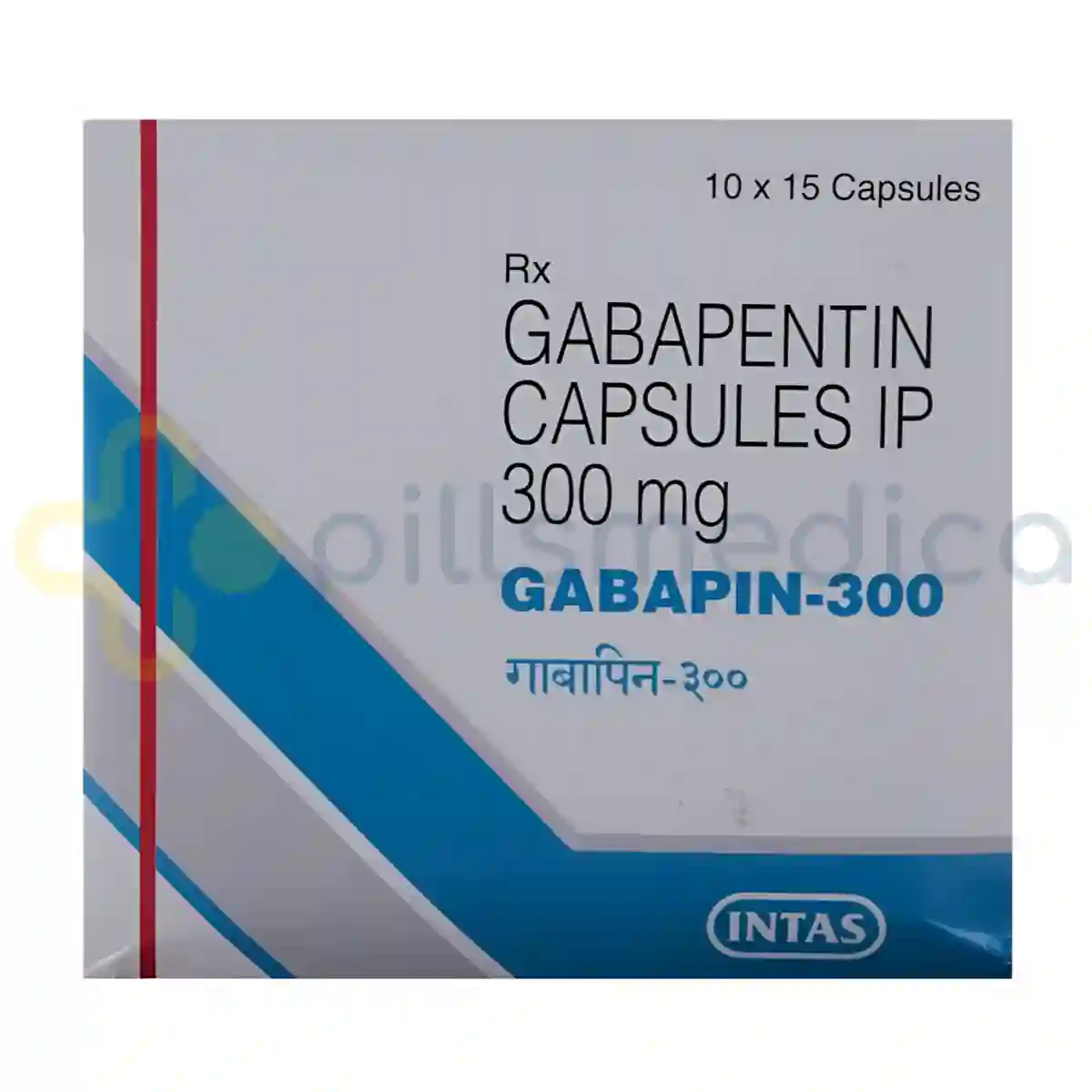

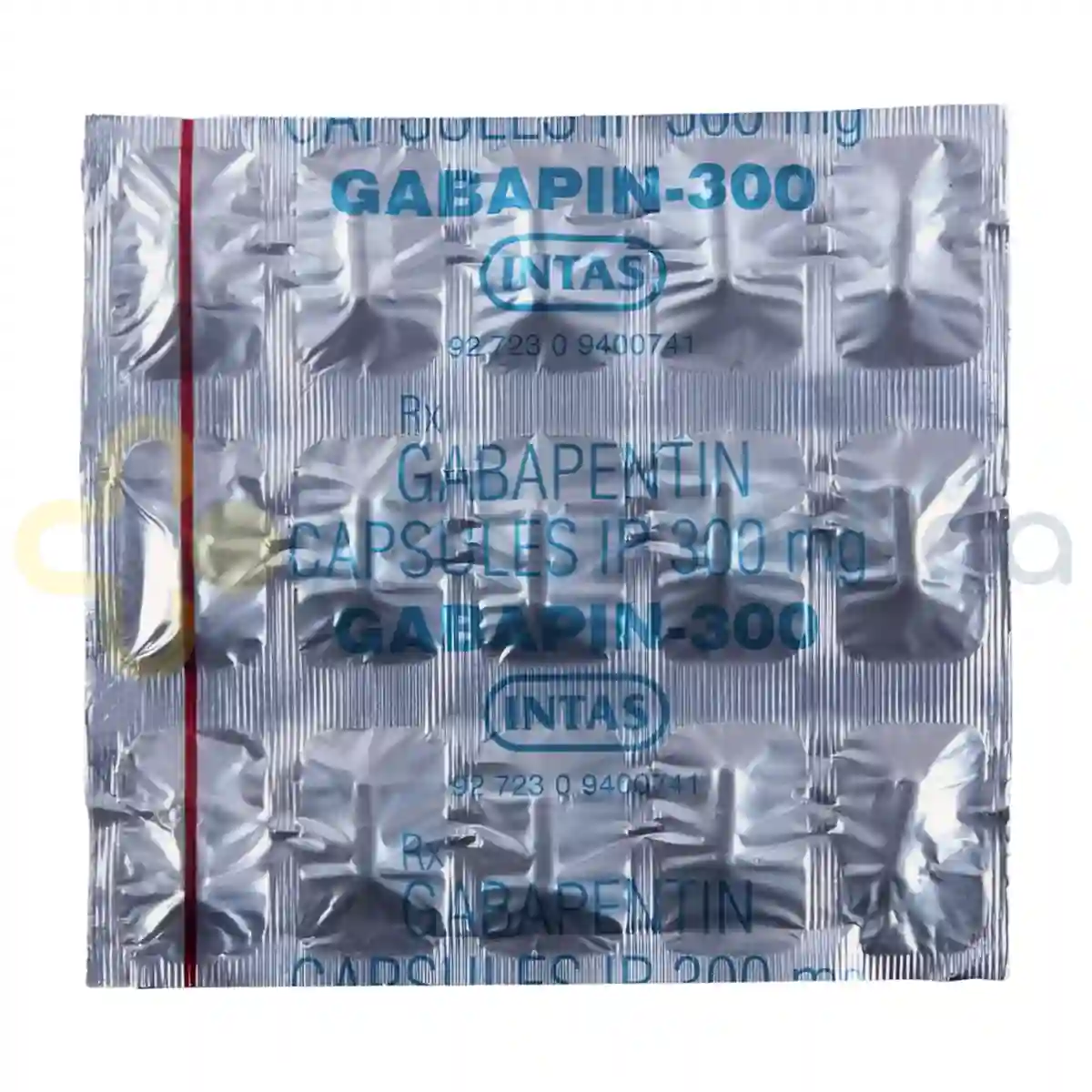
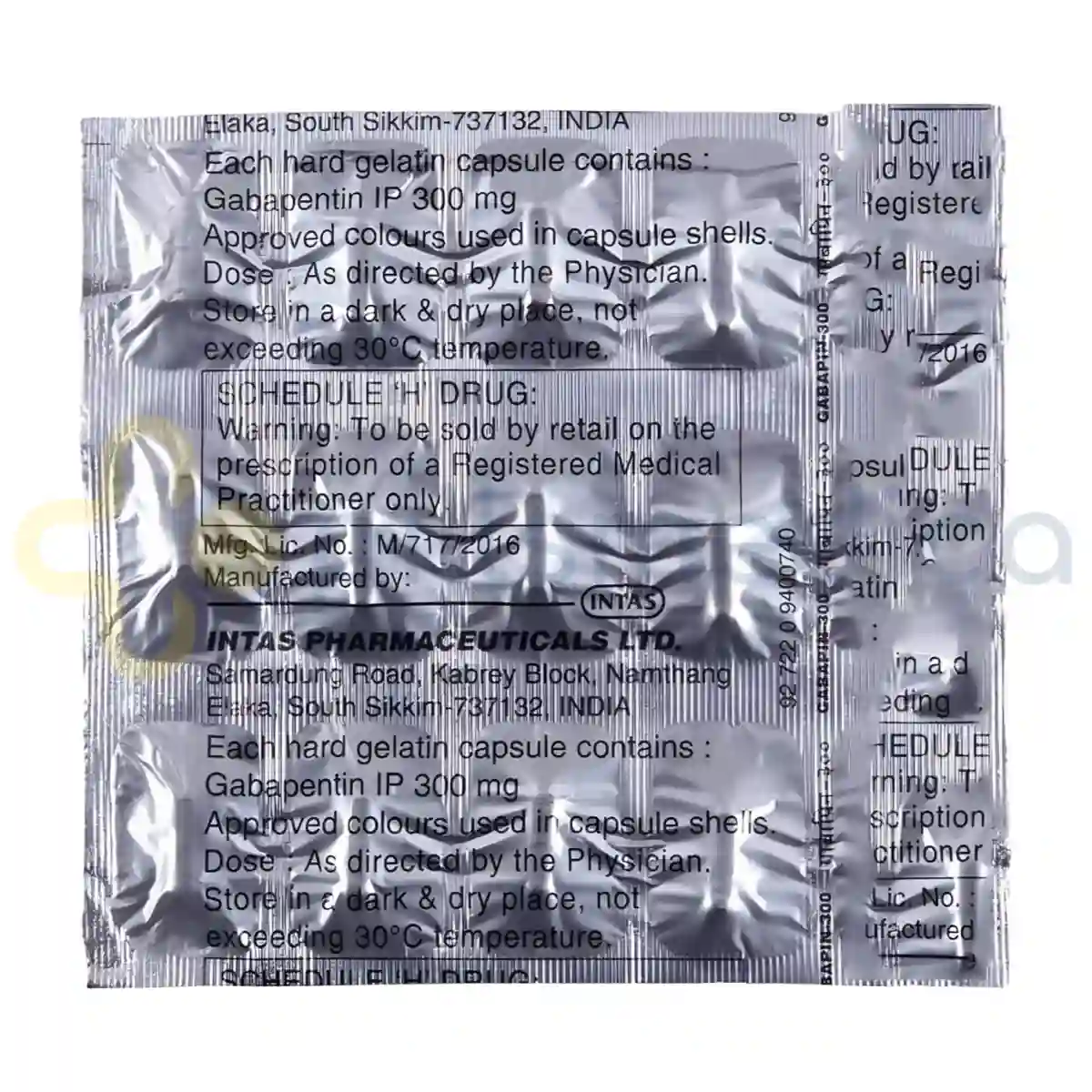
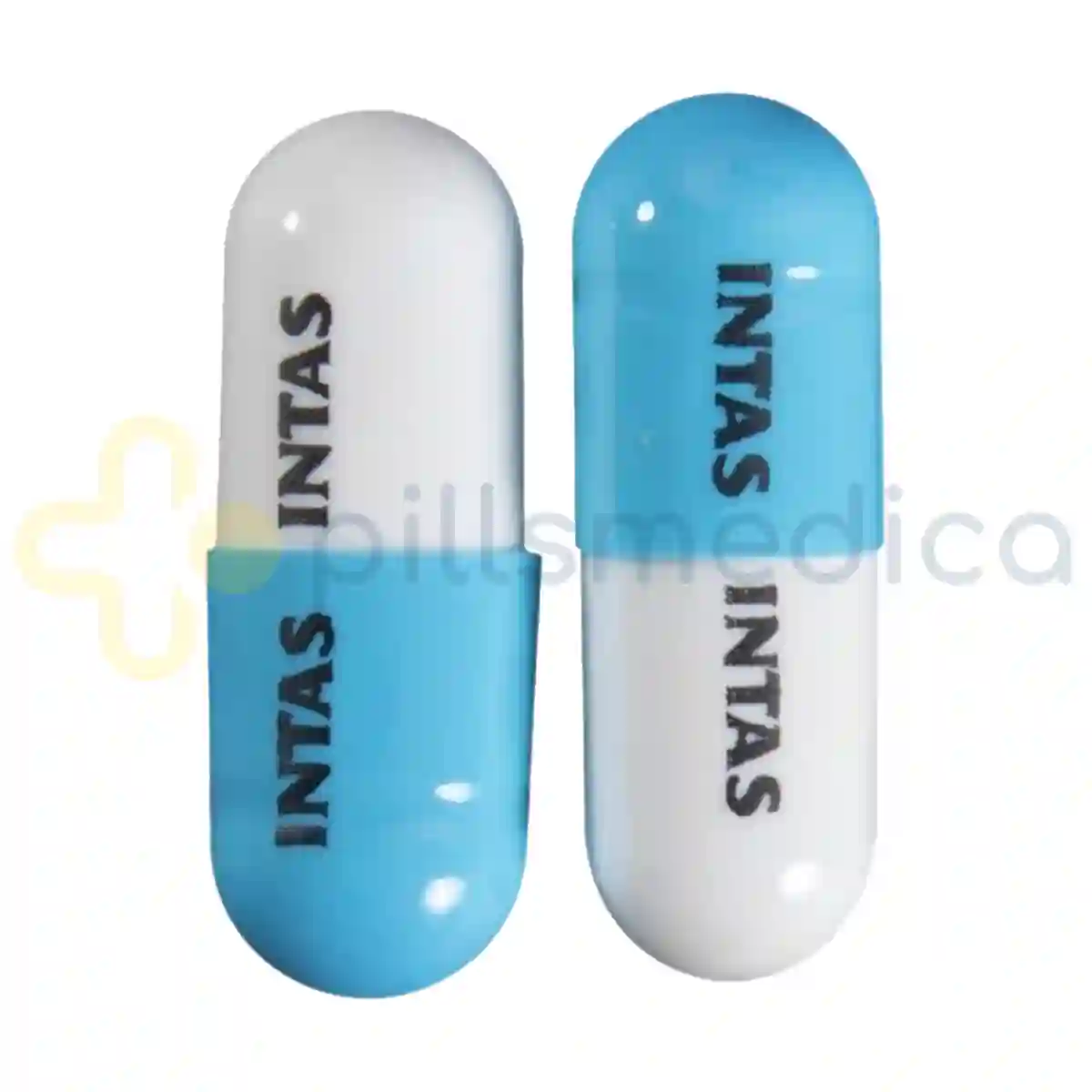




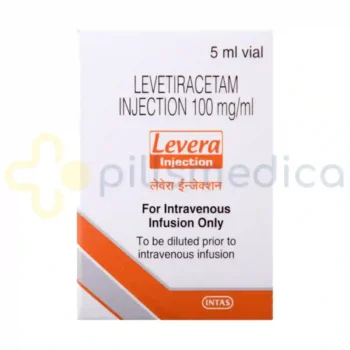


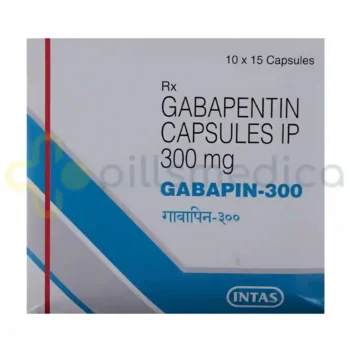







Reviews
There are no reviews yet.